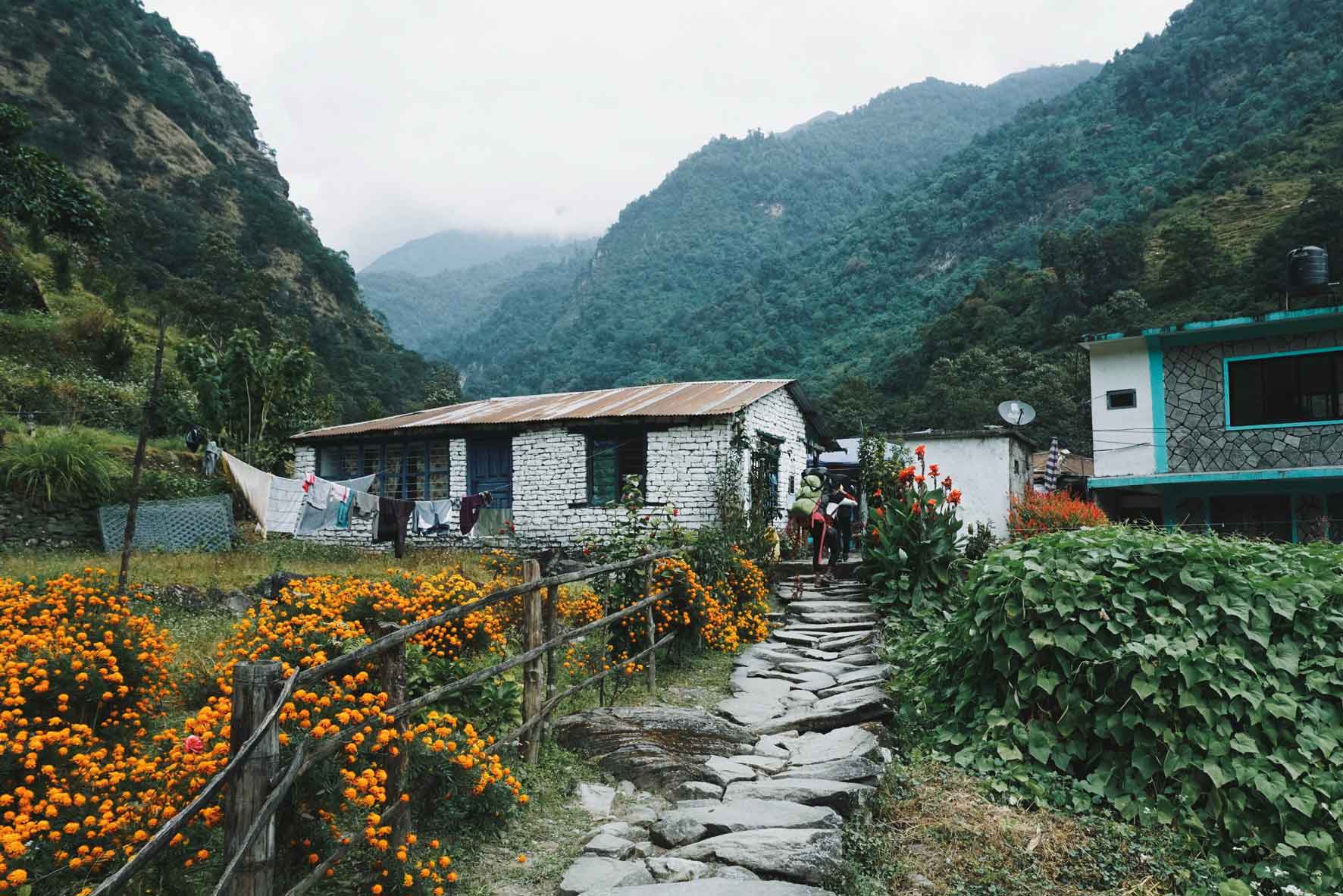Nestled amidst the majestic Himalayas, Nepal’s breathtaking landscapes have beckoned travelers for centuries.
However, the rise of traditional tourism often brought unintended consequences – environmental degradation and exploitation of local communities.
Recognizing this, Nepal has embraced ecotourism, a responsible form of travel that treads lightly on the environment and empowers local communities.
Ecotourism is defined as “responsible travel to natural areas that conserves the environment, sustains the well-being of the local people, and involves interpretation and education”.
The International Ecotourism Society
Let’s explore the exciting possibilities and challenges of ecotourism in Nepal, armed with facts and figures:
The Rise of Green Exploration:
- Growing Trend: Ecotourism in Nepal is flourishing, experiencing a 20% annual growth rate, driven by travelers seeking authentic experiences and environmental responsibility.
- Economic Driver: This responsible tourism contributes over 5% of Nepal’s GDP, generating vital income for communities and conservation efforts.
- Job Creation: Ecotourism employs over 100,000 Nepalis, providing sustainable livelihoods in rural areas.
Possibilities of Ecotourism in Nepal:
- Diverse Offerings: From trekking through pristine valleys to volunteering in conservation projects, ecotourism caters to varied interests. Kayaking on remote rivers, exploring national parks on mountain bikes, and participating in homestay programs enrich cultural understanding.
- Community Empowerment: Local communities actively participate in tourism ventures, managing homestays, guiding treks, and selling handicrafts. This increases income and promotes cultural preservation.
- Conservation Champion: Ecotourism funds directly support protected areas, endangered species like the Bengal tiger, and reforestation initiatives.
Challenges of Ecotourism in Nepal:
- Greenwashing Concerns: Some operators may mislead with exaggerated eco-friendly claims. Thorough research and choosing certified operators are crucial.
- Infrastructure Limitations: Remote areas lack proper infrastructure, hindering accessibility and potentially impacting the environment. Sustainable development is key.
- Balancing Profit and Conservation: Striking the right balance between generating income and protecting fragile ecosystems requires collaborative efforts and responsible practices.
Navigating the Path Ahead:
- Government Collaboration: Implementing stricter regulations, promoting responsible operators, and investing in sustainable infrastructure are crucial steps.
- Community Involvement: Empowering local communities through training, fair wages, and decision-making power ensures equitable benefits.
- Traveler Responsibility: Choosing certified operators, minimizing waste, and respecting local cultures are essential for responsible tourism.
Examples in Action:
- Annapurna Conservation Area Project (ACAP): This community-managed project has conserved biodiversity, created jobs, and improved livelihoods in the Annapurna region.
- Homestay Programs: Staying in local homes immerses travelers in Nepalese culture while generating income for families.
- Responsible Trekking Companies: Operators like Eco Treks Nepal and The Mountain Company prioritize environmental awareness and community engagement.
A Sustainable Future Beckons:
By acknowledging the possibilities and challenges, ecotourism in Nepal can pave the way for a sustainable future.
With collaborative efforts from stakeholders, travelers can become responsible ambassadors, leaving positive footprints on the breathtaking landscapes and vibrant communities of Nepal.
So, embark on your eco-adventure, choose wisely, and experience the magic of Nepal while contributing to its well-being.
Remember, responsible ecotourism isn’t just a trend; it’s an investment in a healthy planet and a brighter future for generations to come.

1 thought on “Exploring Ecotourism in Nepal: Ascending the Path of Sustainability”